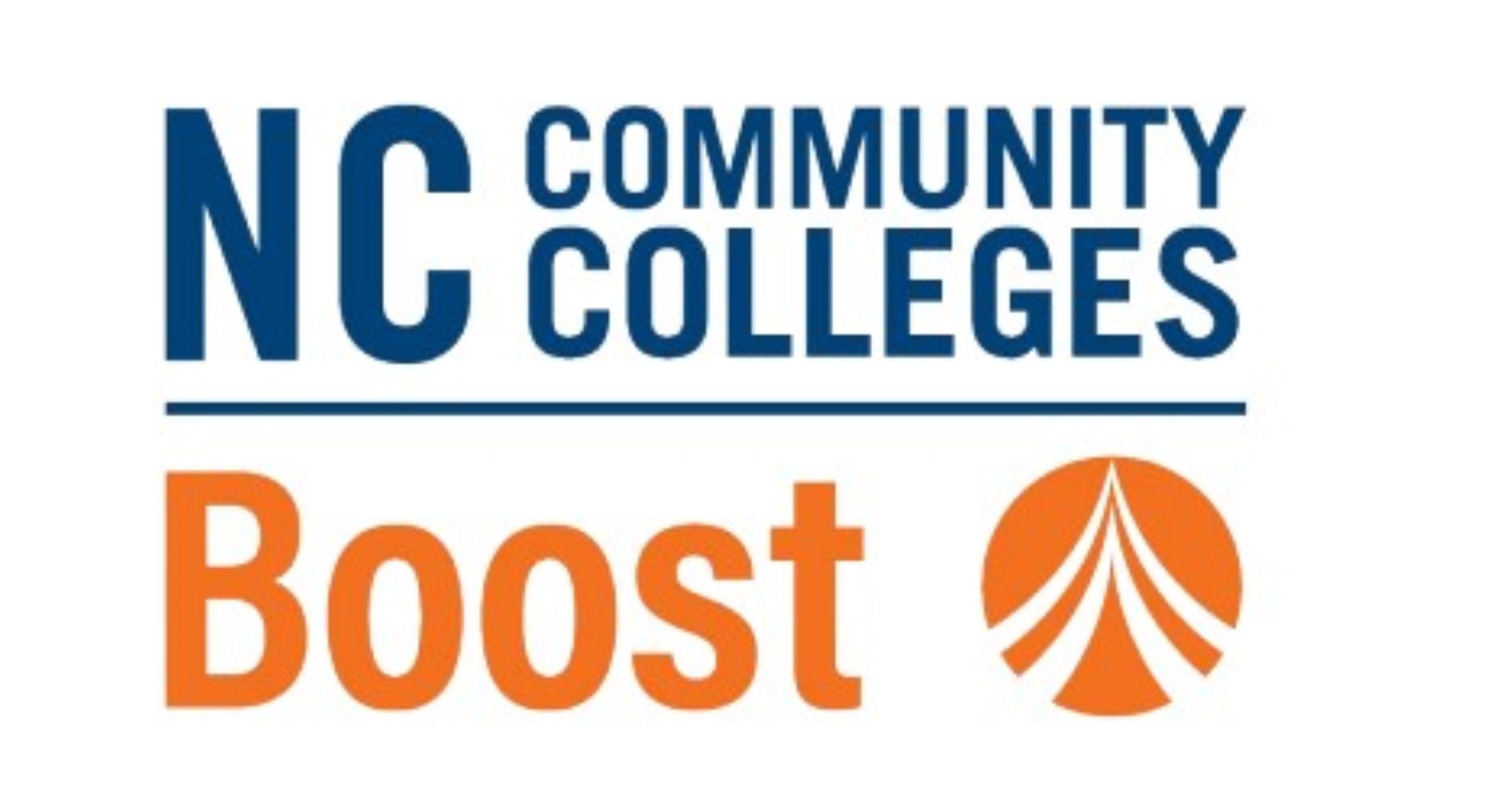Why Are Discourse and Social Interaction Important in Statistics Lessons? Data Science is ‘Inherently Interdisciplinary’ Says Assistant Professor Sunghwan Byun
Data science is “inherently interdisciplinary,” says NC State College of Education Assistant Professor Sunghwan Byun, which is why he says a focus on discourse and social interaction is crucial when teaching data and statistics.
Byun’s research focuses on discourse and social interactions in statistics and data science and mathematics classrooms. He currently serves as the Director of Educational Research at the NC State Data Science Academy, closely working with data science instructors and students. He said real-world applications of data science often bring together experts from a variety of fields, utilizing skills in subjects like computing, statistical modeling and content knowledge to work collaboratively.
“When people do data science, there’s different expertise coming together and working together. A big part of that collaboration is that they have to be able to communicate ideas, so I’ve found that communication and social interactions are highly important,” Byun said.
How Can K-12 Teachers Improve Discourse in Data Science Classrooms?
Everyday behaviors are shaped by data science, even when people don’t realize it. From Amazon shopping recommendations to social media feeds, data is constantly prevalent and can provide an interesting and relevant context for students engaged in classroom activities, Byun said.
Since activities in statistics or data science classrooms need to be grounded in context, Byun said that the real-world problem teachers select for their students to explore and investigate can influence the ways in which they interact.
This practice, Byun said, not only encourages students to work collaboratively, but can position students who have specific content domain expertise or interest to see that data science is relevant to them. For example, selecting a data activity about rising sea levels could enable a student who lives near the coast to serve as a content expert while picking a data activity about sports would enable a different student to lead the content discussion, he said.
This positionality is particularly important for students from backgrounds that have been traditionally marginalized in the field.
“We can intentionally choose topics and contexts so students see ‘This is actually for me’ and ‘This is something that I would like to engage with,” Byun said. “That helps the students, their motivations and their sense of belonging.”
Once the discussion related to context and problem are discussed, students move on to the analysis of results.
Byun said this is often where the lesson ends. However, he encourages teachers to take the discussion further by bringing in discussion about how analytic outcomes will have implications in a given context.
“I think that engaging students in that part is very important, but it also often gets overlooked,” he said.
Working collaboratively in data science, Byun said, is a practice that can extend to educators as well as students. When selecting the context for a data science lesson, mathematics teachers could work with social studies, career and technology or science teachers in their schools to connect the context to lessons in those classes and create a more cohesive experience for students.
“I think that there’s so many different ways that teachers can collaborate and those collaborators can become the content domain experts in the lesson,” Byun said. “That’s something that’s hard to accomplish, but I think data science offers an opportunity to do that.”
How Can Engaging in Data Science Support Mathematics Learning?
In his research and role as director of Educational Research at the NC State Data Science Academy, Byun said he finds data science and mathematics are often in competing places in discourse.
School districts and educators often question whether they should teach mathematics or data science, as though the two courses must remain separate from one another. However, Byun believes the two subjects can not only coexist, but will enhance understanding in both subjects when combined.
“By teaching data science, we can enrich mathematics education and vice versa,” he said. “I think the students need mathematics to do data science, but math alone cannot accomplish the same goals as data science because the real world is messy. It needs processing, it needs modeling, and I think data science can support that.”
In professional development offered to teachers, Byun has helped K-12 educators prepare to understand the difference between mathematics and data science and conceptualize how to effectively combine the different elements of each subject.
Mathematics, he said, is often about generalizing and finding patterns in a broad way while data science is about gaining insights into context. This requires a shift, Byun said, from teaching algorithms to teaching how to apply algorithms to answer real-world problems.
When teachers are able to effectively accomplish this, however, Byun said it can help their students understand why the mathematics they learn in school is important.
“Mathematics is very clean and neat, but reality is very messy, and you have to make meaning of this messiness,” Byun said. “What I’m finding is that engaging with data science actually supports students learning mathematics. It gives a reason for why they should learn mathematics.”
- Categories:



